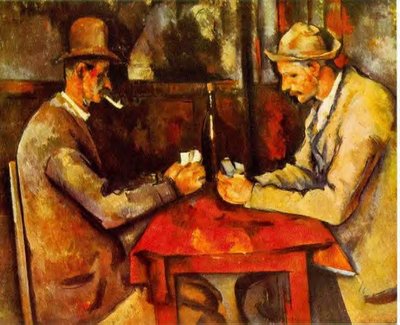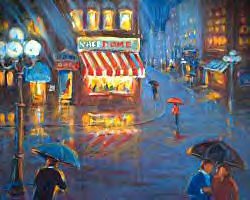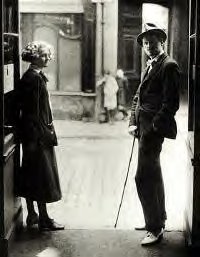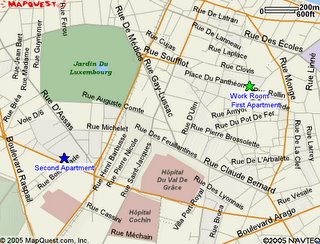

In the bottom photo: Gertrude Stein - on the right - with companion, Alice B. Toklas.
Her apartment at 27 rue de Fleurus was a Mecca for young artists. Painters, poets, writers and sculptors sought out her advice and companionship. Her apartment became a "salon" on Saturday night, and attracted the avant garde. She seemed to have her finger on the pulse of all of the artists and expats. She was particularly good at spotting talented young painters. She would buy their paintings at bargain prices - invest in them - and wait until the paintings became valuable. She helped the new artists and herself this way.
She got along well with Hemingway in the early years, admiring his writing and his innocence in many areas of life in Paris.
He was fond of stopping by for the companionship, food, and a chance to look at her collection of paintings. In the winter it was also a nice warm spot to drop in on.
She seemed to know everyone worth knowing and had an opinion on most if not all.
This photo is by Man Ray. Ms Stein is watching the sculptor Jo Davidson carve her "Buddha" statue in 1922.
The BBC (British Broadcasting Corporation) has a radio program called, "Great Lives." They recently did a program on Gertrude Stein's life:
"Great Lives:Gertrude Stein"







































